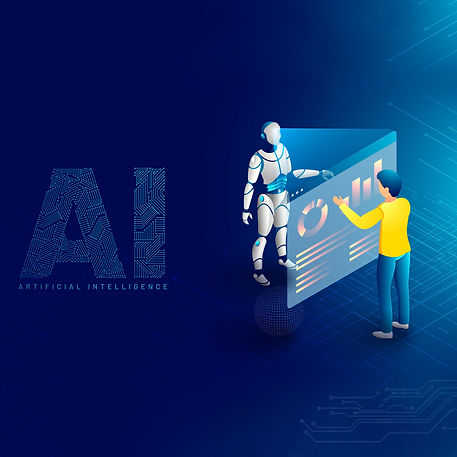
.jpg)

Engagement
Over external touch points where users interact with systems
Reasoning
From learning to make autonomous decisions and self-remediate over time
Learning
From analytics across different data sources and recognizing semantic references to use as criteria for decisions
Doing or executing
To carry out the next best action that systems can execute digitally and/or that people or robots can execute physically
AI revolution in retail and consumer
Executives in the planning stages expect intelligent automation to help their organizations do a better job of what they do now – to improve operational efficiency, extend and expand capabilities, reduce costs and increase revenue growth. Intelligent automation can indeed help companies achieve these goals, but its potential benefits are far deeper and more significant than incremental improvements. Executives whose organizations are already using intelligent automation are experiencing impacts that enable them to fundamentally change the ways they do business – to increase operational agility, improve the quality and speed of decision making, and enhance the customer experiences.
The focus is less on lowering costs and more on increasing competitiveness and sustaining long-term growth. While gaining efficiency and reducing costs may be the initial impetus for engaging in intelligent automation, much greater benefits can be unlocked as the capability matures.
Measuring impact across functions
So organizations using intelligent automation today are experiencing impacts that their peers aren’t expecting. To further understand this phenomenon, we analyzed responses of the 56 percent of survey participants who are currently either piloting or using intelligent automation. We call this group the “Early Adopters.”
Focusing internally today, externally tomorrow
Today, retail and consumer products organizations primarily use intelligent automation to perform discrete internal processes that rely on existing rich-data sets, such as demand forecasting and customer intelligence. But within the next three years, executives plan to incorporate intelligent automation into more complex processes that require broader
sets of data, external collaboration and additional system integrations. And during that time, the projected penetration is expected to burgeon to more than 70 percent across organizational areas that span the value chain.